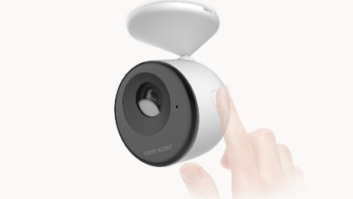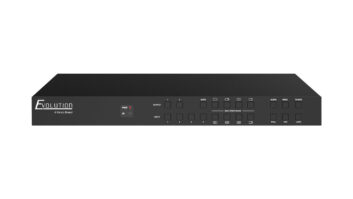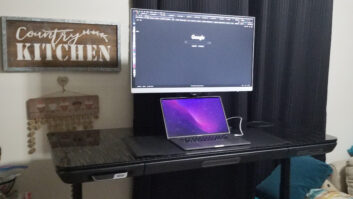New York – GSM carriers won’t be too far behind CDMA carriers in launching push-to-talk (PTT) service, if Nokia follows through on its vow to put GSM carriers in the business as early as the second quarter of 2004.
During a press and analysts conference here, Nokia vowed to ship commercial quantities of push-to-talk servers and other infrastructure to GSM (Global System for Mobile Communications) carriers worldwide in the first quarter. That would be followed in the second quarter by commercial-quantity shipments of what Nokia claims is the industry’s first push-to-talk GSM handset, the GPRS/EDGE-equipped 5140, which is designed for ‘rugged’ use. GSM PTT trials began in the fourth quarter.
Nokia said it will expand its assortment of GSM phones in 2004, when it will offer PTT-capable Symbian-based smart phones. In 2005, PTT will become a standard feature in every Nokia GSM phone in 2005, said PTT director Markku Savusalo.
The company also said push-to-talk service will eventually evolve into a ‘push-to-send image’ service and a ‘push-to-stream’ video clip service. They’ll arrive soon, said Juha Putkiranta, senior VP of the imaging business unit.
Nokia’s initial GSM PTT products will be based on a pre-standard PTT solution that will be backward-compatible with the technology presented by an industry consortium in August to the Open Mobile Alliance (OMA) for consideration as a royalty-free standard, said Savusalo. ‘Manufacturers are already starting to build to it,’ he said, adding that OMA’s standardization process is proceeding well and will conclude early next year.
Carriers who deploy the Nokia/
OMA solution will be able to launch PTT service nationwide on day one because it uses a voice-over-IP technology to send voice packets over existing GPRS infrastructure, said Savusalo. Carriers need only add a server and other infrastructure elements, he noted.
The Nokia/OMA solution, he also pointed out, will be interoperable among GSM carriers and would allow for international PTT between continents. In contrast, multiple incompatible PTT standards have emerged in the CDMA (Code Division Multiple Access) market, said Soren Petersen, senior VP/GM of the CDMA business unit.
AT&T Wireless VP Bill Evans said his company would launch PTT service sometime in 2004, and he expects Cingular would, too.
The PTT launches would help the GSM carriers compete with Nextel’s PTT service, a Verizon service launched in August and boasting 100,000 users at the end of the third quarter, and a Sprint service that just launched.
The GSM PTT technology delivers a latency period of two to three seconds, which includes one second to set up the call after pressing the PTT button. It takes another one or two seconds for the caller’s voice to be heard at the other end. Nextel service, in contrast, is almost instantaneous.
One advantage of the GSM technology, however, is its presence capability, giving callers the opportunity to see the names of individuals or groups whose PTT phones are active, the company noted.
Presence capability is incorporated in Nokia’s first PTT handset, the 850/
1,800/1,900MHz-band 5140. Targeted to active-lifestyle consumers, it sports a splash-, shock-, and dust-resistant cover. It also features side-mounted PTT button, digital compass, flashlight, VGA camera, USB port, FM stereo, Java and optional snap-on shells. It weighs 3.56 ounces.
In other conference developments:
l Paul Chellgren, senior product management VP, said almost every Nokia product launched in 2004 will incorporate high-speed EGDE packet-data capability.
l AT&T’s Evans said the carrier is on target to deploy EDGE ‘throughout our entire network’ by the end of this year.
l Nokia’s Petersen contended that the company has regained its footing in the CDMA handset market. The company hired more than 700 more people since the end of 2000 to develop and market CDMA handsets, he said. The company’s worldwide CDMA handset share will hit 16 percent to 18 percent by the end of the year before hitting 25 percent by the end of 2005, he claimed.
l Putkiranta claimed that the steadily improving picture quality of camera phones will entice consumers to use them to take archival, or memory, photos of important events in their lives, causing an upheaval in the digital camera business.
In another product introduction, the company launched its first phone targeted to senior citizens who have never owned a wireless phone. Seeing untapped potential in this demographic, Nokia launched the 6010 GSM/GPRS 850/1,900MHz phone, which features big display fonts, big buttons, simple menu structure, a ‘safe but high-tech look,’ voice dialing, and such advanced features as MMS, Java, instant messaging and Web browser, said Chellgren. ‘It’s the least penetrated market,’ he contended.













